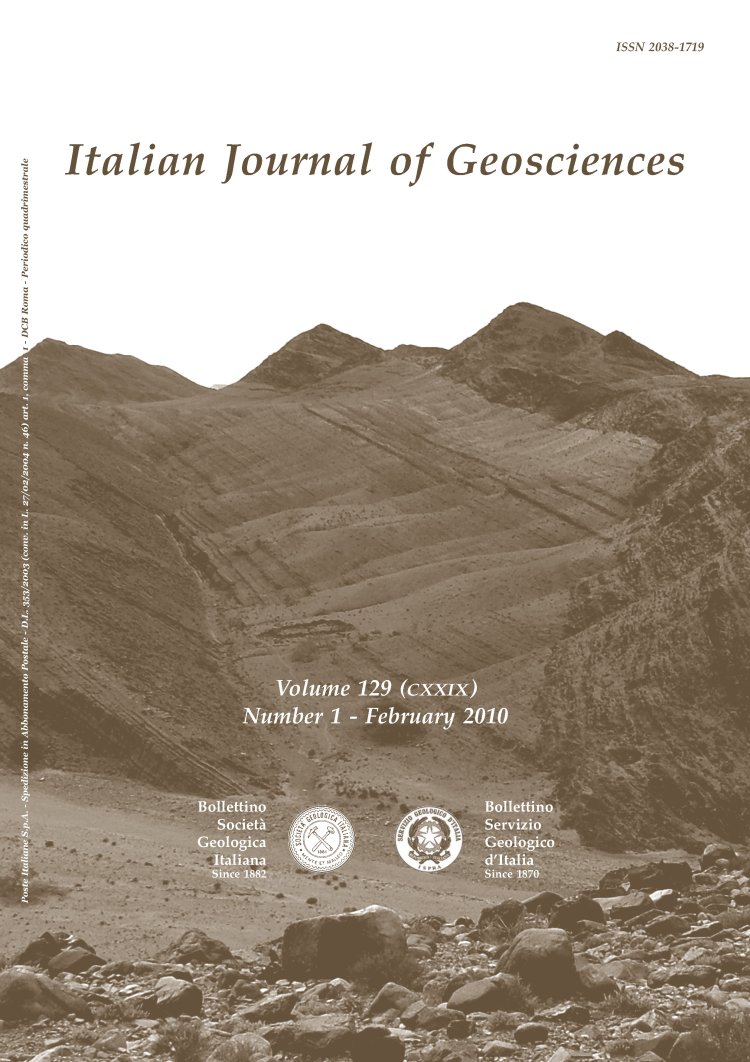
Late Quaternary buried lagoons in the northern Campania plain (southern Italy): evolution of a coastal system under the influence of volcano-tectonics and eustatism
Nicoletta Santangelo(*), Giuliano Ciampo(*), Valentino Di Donato(*), Paola Esposito(*), Paola Petrosino(*), Paola Romano(*), Elda Russo Ermolli(**), Antonio Santo(***), Francesco Toscano(*) & Igor Villa(****)
(*) Dipartimento di Scienze della Terra - Università degli Studi di Napoli Federico II, Largo S. Marcellino, 10 - 80138 Napoli, Italia - nicsanta@unina.it
(**) Dipartimento di Arboricoltura botanica e Patologia vegetale, Università degli Studi di Napoli Federico II, Via Università, 100 - 80055 Portici (NA), Italia.
(***) Dipartimento di Ingegneria geotecnica, idraulica ed ambientale, Università degli Studi di Napoli Federico II - Piazzale Tecchio, Napoli, Italia.
(****) Institut für Geologie Universität Bern, Baltzerstrasse 1-3, CH-3012 Bern, Switzerland and Dipartimento di Scienze Geologiche e Geotecnologie, Università di Milano Bicocca, 20126 Milano, Italy.
Abstract
Keywords
Get Full Text